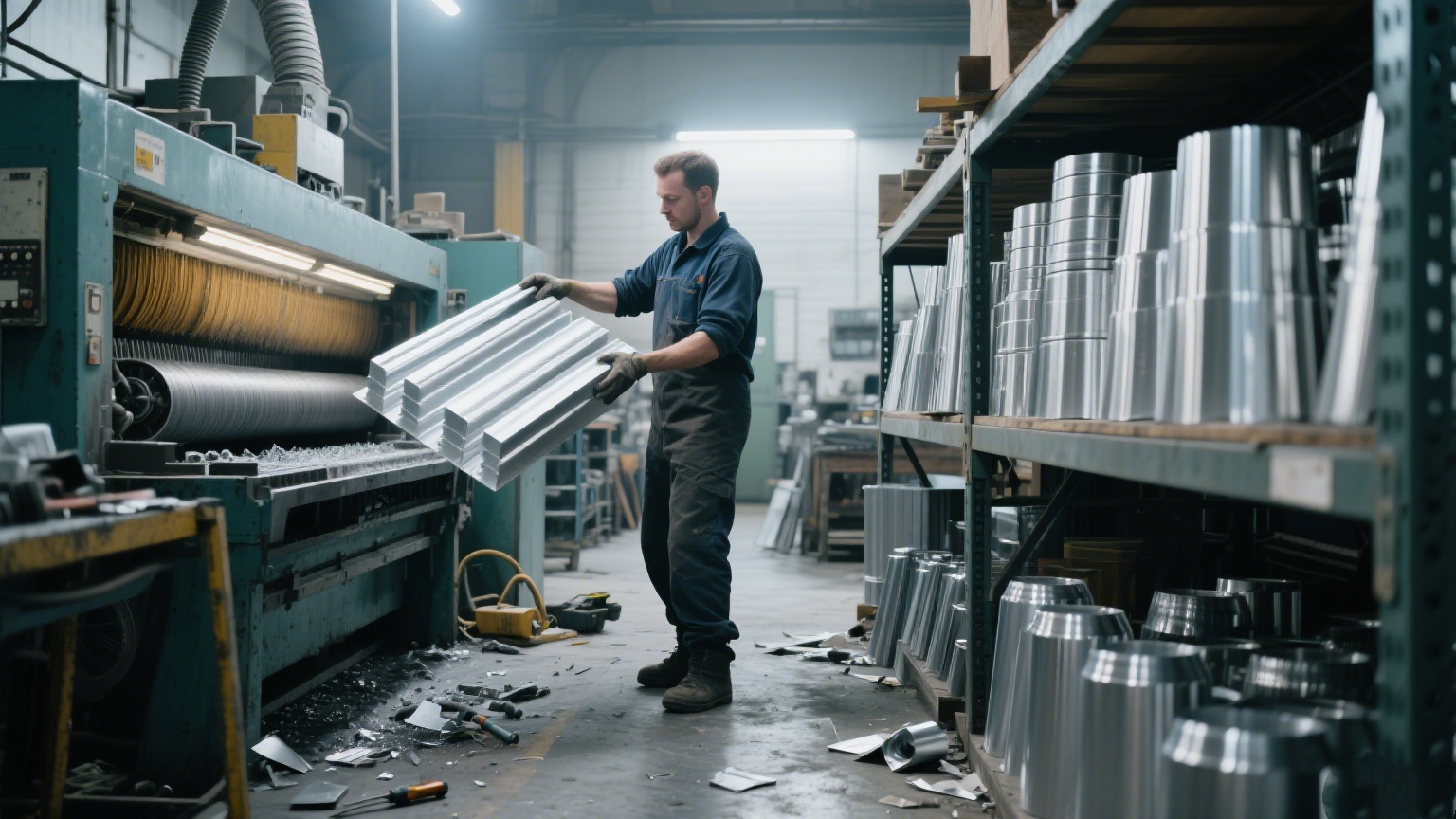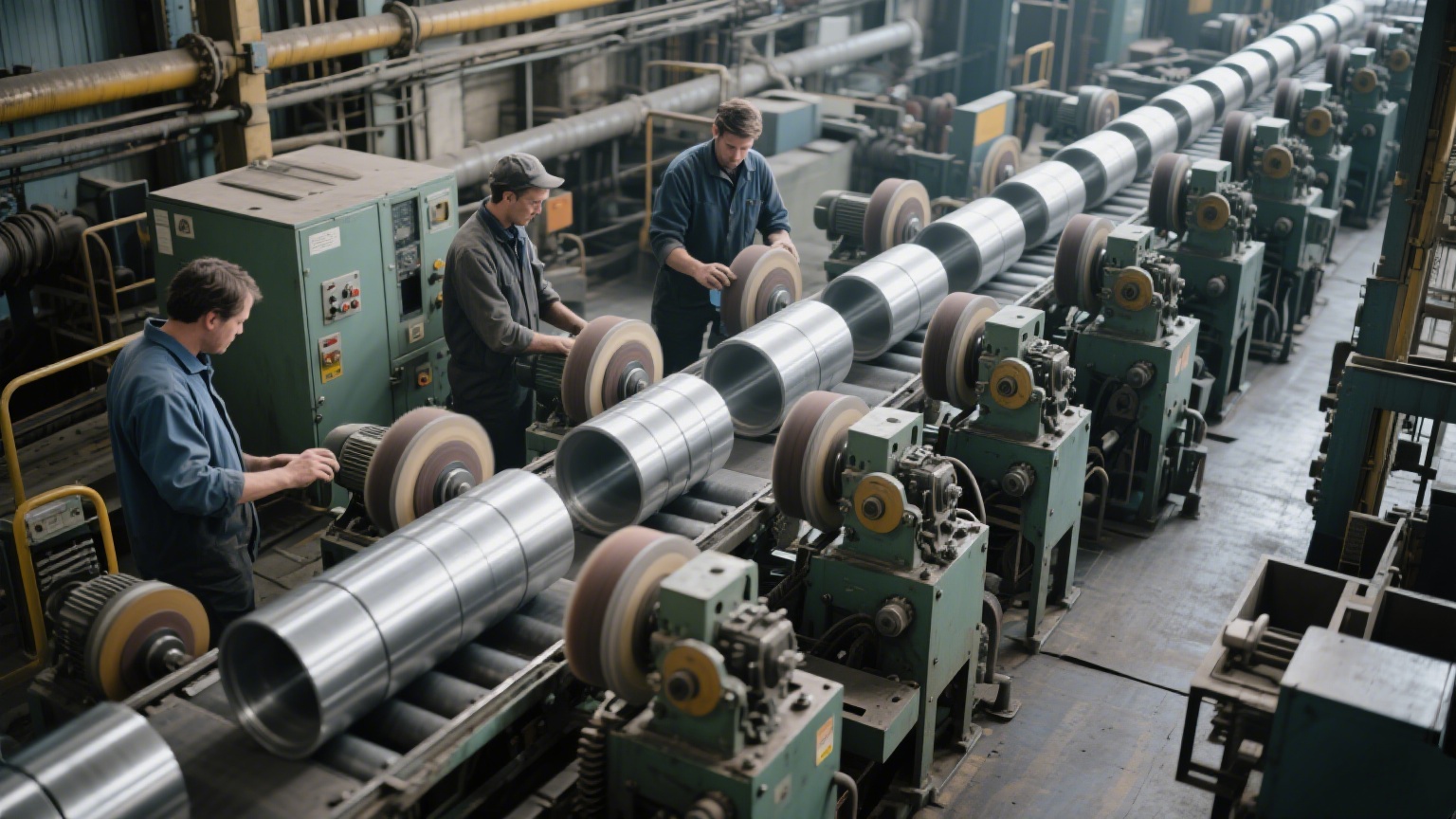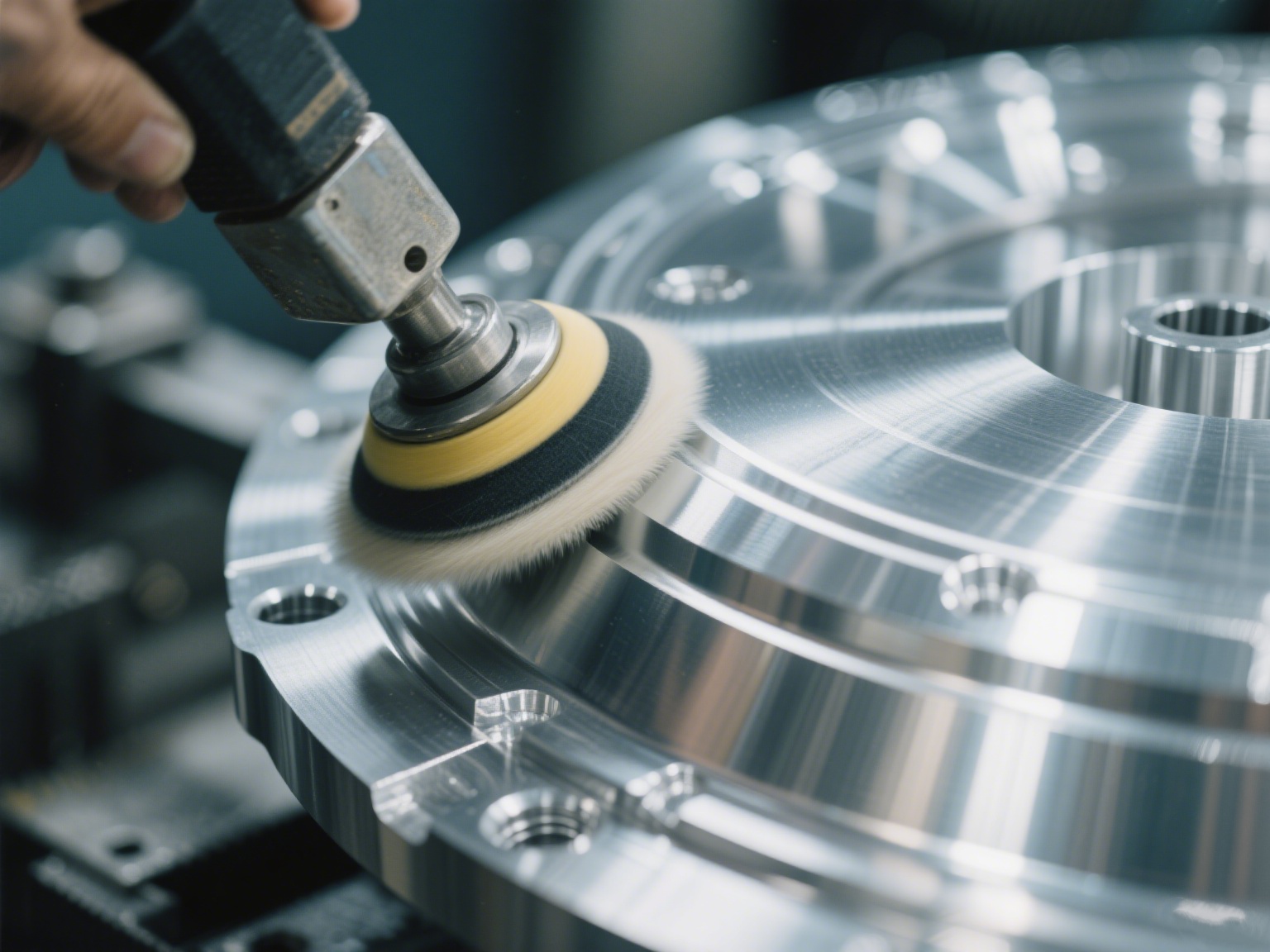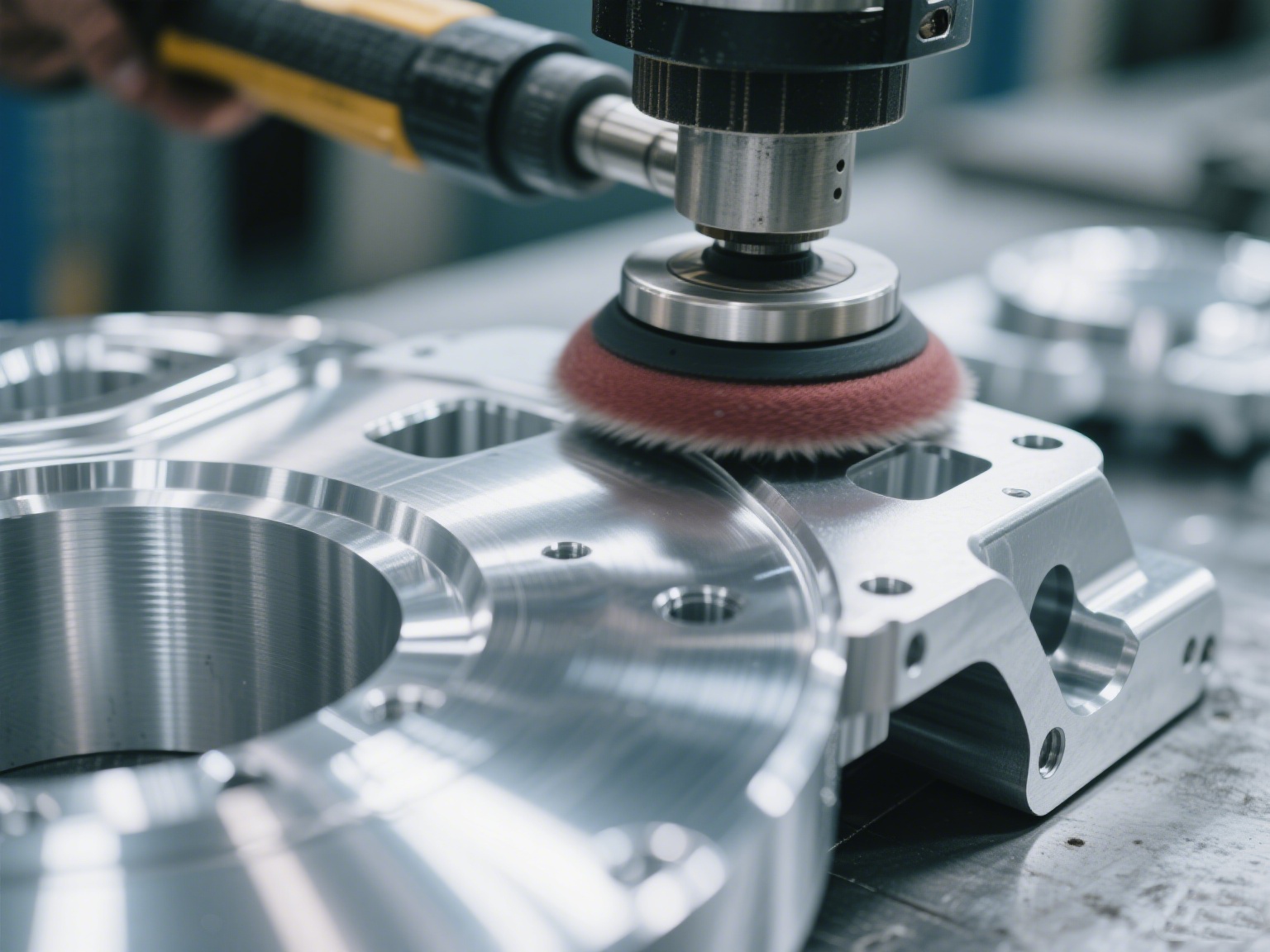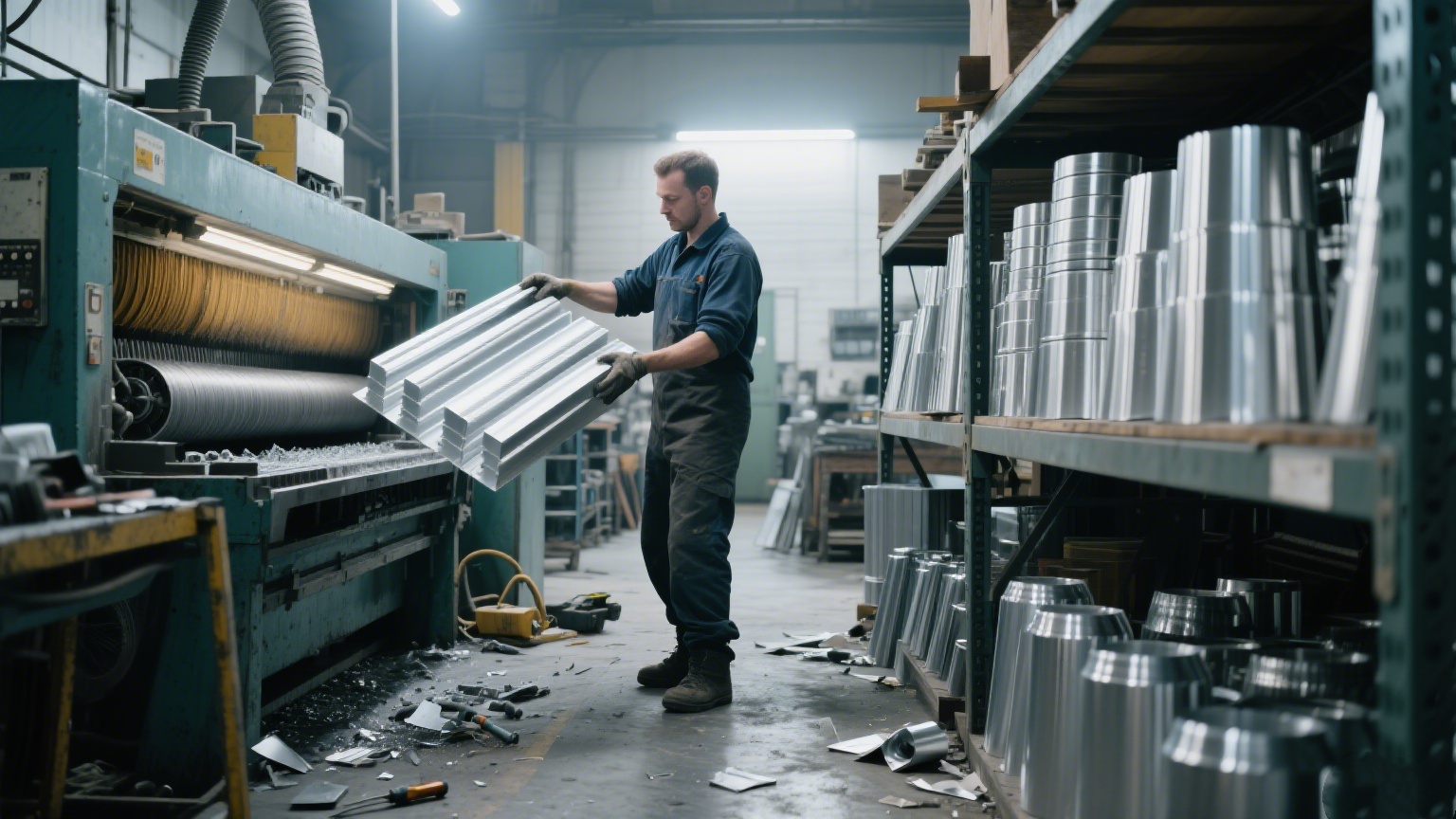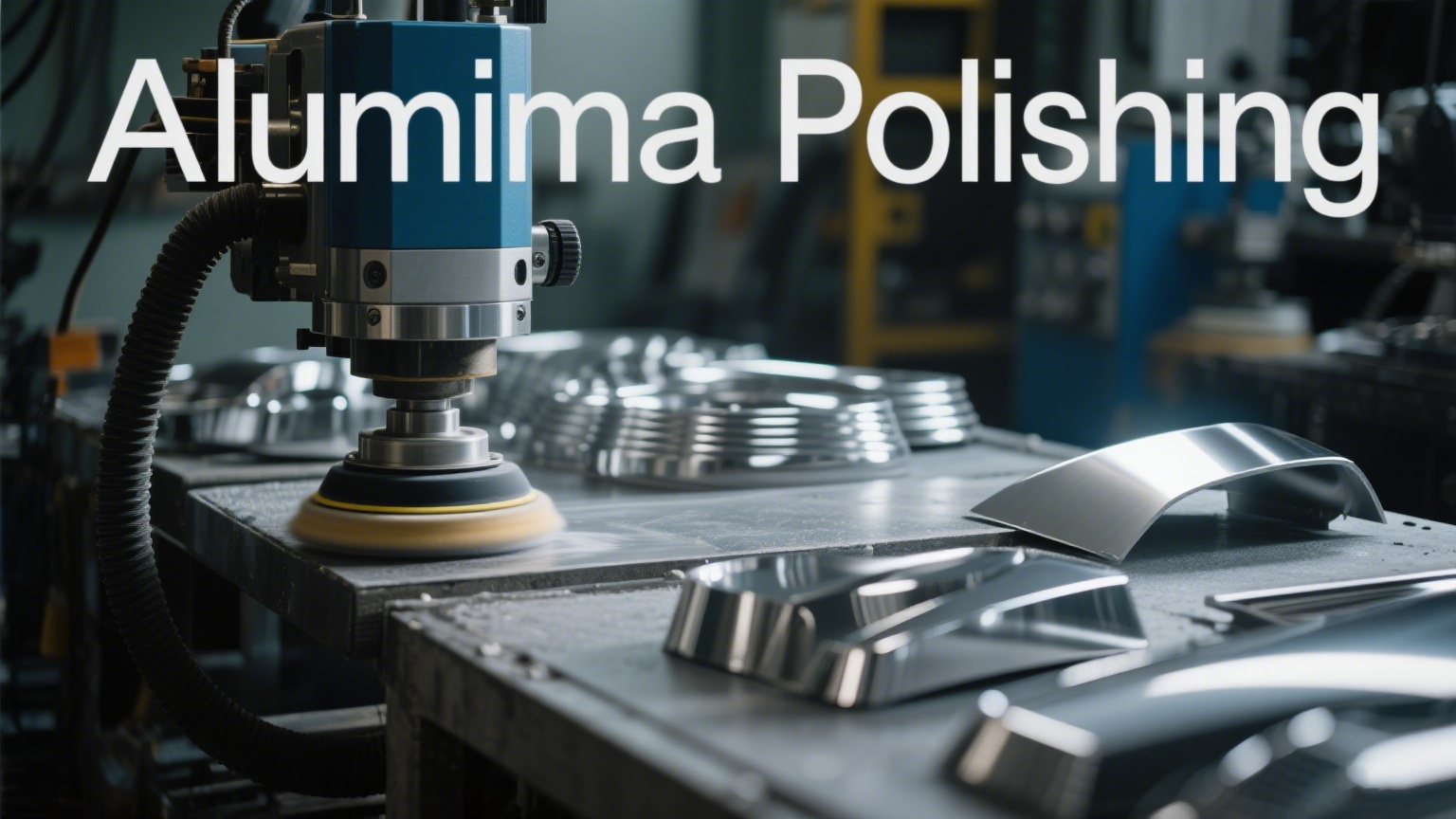
Aluminum Polishing: A Comprehensive Guide to Professional Knowledge
Aluminum Polishing: A Comprehensive Guide to Professional Knowledge
- Customized at your need
- Aluminum Polishing
- Customized at your need
- Informations
- Description
Aluminum Polishing: A Comprehensive Guide to Professional Knowledge
Aluminum Polishing: A Comprehensive Guide to Professional Knowledge
What is Aluminum Polishing?
Importance of Aluminum Polishing
Enhanced Aesthetic Appeal: A polished aluminum surface has a bright, reflective finish that significantly improves the visual appearance of aluminum products. This is especially important for items like automotive wheels, where appearance is a key factor.
Increased Corrosion Resistance: Polishing removes the oxidized layer on the aluminum surface, which is more prone to corrosion. A smooth polished surface also makes it harder for moisture, dirt, and other corrosive substances to adhere, thus extending the service life of the aluminum.
Improved Cleanability: A polished surface is less likely to accumulate dirt and grime, making cleaning and maintenance much easier.
Better Adhesion for Coatings: If the aluminum is to be painted or coated, a polished surface provides a better base, ensuring better adhesion of the coating and a longer - lasting finish.
Types of Aluminum Polishing
Polishing Type | Description | Advantages | Disadvantages | Typical Applications |
Mechanical Polishing | Uses abrasive materials (such as sandpaper, polishing wheels) and mechanical force to remove surface material. | Can achieve a high - gloss finish; suitable for large - area polishing. | Labor - intensive; may generate heat that affects the aluminum; requires skill to avoid over - polishing. | Automotive parts, aluminum sheets, furniture. |
Chemical Polishing | Relies on chemical solutions to dissolve the surface layer of aluminum, smoothing out imperfections. | Less labor - intensive; can polish complex shapes evenly. | Chemicals may be harmful to the environment and operators; requires proper disposal of waste solutions. | Precision parts, small - sized aluminum components. |
Electropolishing | A process where aluminum is made the anode in an electrolytic cell, and metal ions are removed from the surface through electrolysis. | Produces a very smooth, clean, and uniform finish; improves corrosion resistance; can reach into crevices. | Higher equipment and operational costs; not suitable for all aluminum alloys. | Aerospace components, medical devices, food processing equipment. |
Ultrasonic Polishing | Uses ultrasonic vibrations to drive abrasive particles in a liquid to polish the aluminum surface. | Effective for polishing intricate details and hard - to - reach areas; minimal damage to the base material. | Slower process for large areas; limited to certain part sizes. | Jewelry, precision molds, small complex parts. |
The Aluminum Polishing Process Steps
Surface Preparation: Before starting the polishing process, it is essential to clean the aluminum surface thoroughly. Remove any dirt, grease, oil, or debris using a degreaser or solvent. This ensures that the polishing materials do not get contaminated and that the polishing is effective.
Grinding: Use coarse - grit sandpaper (such as 80 - 120 grit) to remove deep scratches, burrs, or major imperfections. This step is to level the surface and create a uniform base for further polishing.
Intermediate Polishing: Switch to medium - grit sandpaper (240 - 400 grit) to smooth out the scratches left by the coarse sandpaper. This step refines the surface and brings it closer to the desired finish.
Fine Polishing: Use fine - grit sandpaper (600 - 1200 grit) to further smooth the surface. After this step, the aluminum should have a matte or semi - glossy appearance.
Buffing: Attach a polishing wheel to a polishing machine and apply a polishing compound. The buffing process removes the remaining fine scratches and brings out the shine. Different types of polishing compounds (such as abrasive pastes, creams) are available for different levels of gloss.
Final Cleaning: After buffing, clean the polished surface again to remove any polishing compound residue. Use a clean cloth or a solvent to wipe away all traces of the compound to reveal the final polished finish.
Factors Affecting Aluminum Polishing Results
Aluminum Alloy Type: Different aluminum alloys have varying compositions, which affect their response to polishing. Some alloys are easier to polish than others. For example, pure aluminum is relatively soft and easier to polish, while high - strength alloys may require more effort.
Surface Condition Before Polishing: The initial state of the aluminum surface, including the presence of scratches, oxidation, and dirt, directly impacts the polishing process. A severely damaged surface will require more steps and time to achieve a good finish.
Polishing Materials and Tools: The choice of abrasive materials, polishing compounds, and equipment (such as the speed of the polishing machine) is crucial. Using the right materials for the specific aluminum alloy and desired finish can significantly improve results.
Operator Skill: Especially in mechanical polishing, the operator's skill in controlling the pressure, speed, and direction of the polishing tool affects the uniformity and quality of the finish. Over - polishing in one area can lead to uneven surfaces.
Tips for Effective Aluminum Polishing
Start with the Right Grit: Begin with a coarse grit to remove major imperfections and gradually move to finer grits for a smoother finish. Skipping grits can result in visible scratches.
Keep the Surface Cool: During mechanical polishing, friction can generate heat. Excessive heat can cause the aluminum to warp or discolor. Use water or a coolant to keep the surface cool, especially when polishing for extended periods.
Use Proper Polishing Compounds: Different polishing compounds are designed for different stages of polishing. For example, a cutting compound is used to remove scratches, while a finishing compound is for achieving a high gloss.
Clean Regularly: Clean the surface and the polishing tools frequently to remove accumulated abrasive particles and debris, which can cause new scratches.
Test on a Scrap Piece: Before polishing the actual part, test the process on a scrap piece of the same aluminum alloy to adjust the polishing parameters and ensure the desired result.
Safety Considerations
Protective Gear: Wear safety glasses, gloves, and a dust mask when polishing aluminum to protect against flying debris, abrasive particles, and chemical splashes (in chemical polishing).
Ventilation: In chemical and electropolishing, ensure good ventilation to avoid inhaling harmful fumes. Use fume hoods if necessary.
Proper Handling of Chemicals: Follow safety guidelines when using chemical polishing solutions. Store them in appropriate containers and dispose of waste chemicals according to local regulations.
Machine Safety: When using mechanical polishing machines, ensure that the equipment is properly maintained and that guards are in place to prevent accidents.
| Type | Aluminum Polishing | Entrance size | Customized at your need |


